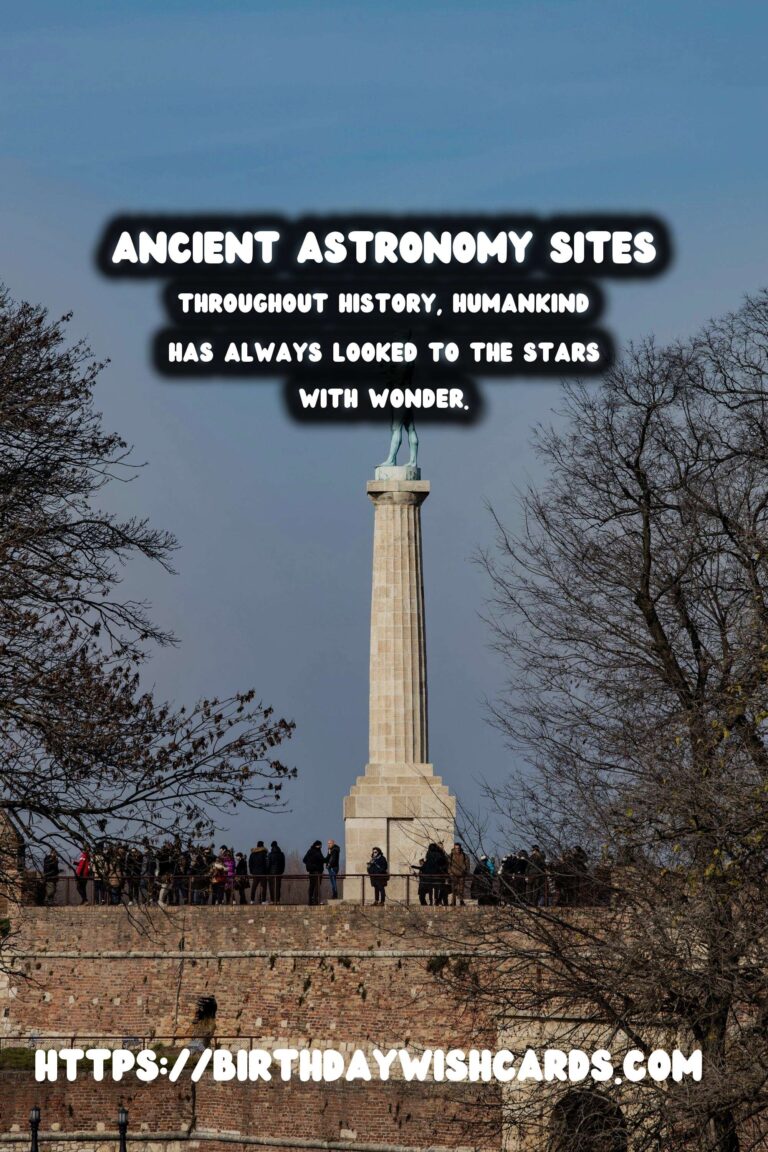
Throughout history, humankind has always looked to the stars with wonder. Ancient cultures around the world built incredible observatories and monuments to trace celestial patterns. These historical sites give us insight into their understanding of the universe and their ingenuity. Let’s explore some of these fascinating ancient astronomy sites that continue to capture our imagination today.
Stonehenge, England
Stonehenge is perhaps one of the most iconic ancient sites, renowned for its connection to astronomy. Located in Wiltshire, England, Stonehenge’s massive stones are aligned with the sunrise of the summer solstice and the sunset of the winter solstice. It is believed that Stonehenge served both as a ceremonial site and a prehistoric astronomical calendar, demonstrating the ancient builders’ sophisticated knowledge of the solar year.
Chichen Itza, Mexico
The ancient city of Chichen Itza in Mexico is another site where astronomy played a significant role. The El Castillo pyramid, also known as the Temple of Kukulcán, is aligned to depict astonishing light effects during the equinoxes. As the sun sets, a series of triangular shadows create the illusion of a serpent slithering down the staircase, representing the descent of the feathered serpent god, Kukulcán.
Nabta Playa, Egypt
Southern Egypt is home to Nabta Playa, a remarkable archaeological site dating back over 7,000 years. Some of the stones are aligned with the summer solstice sunrise, indicating the early Egyptians’ deep understanding of astronomical events. Considered one of the world’s earliest astronomical alignments, Nabta Playa pre-dates the pyramids, offering fascinating insights into prehistoric knowledge of astronomy.
Jantar Mantar, India
Jantar Mantar, located in Jaipur, India, is a testament to the country’s rich astronomical history. Built in the early 18th century by Maharaja Jai Singh II, the observatory houses a collection of architectural astronomical instruments. With its giant sundial and precise measuring devices, Jantar Mantar was used to measure time, predict eclipses, and track stars, embodying the sophisticated astronomical prowess of ancient India.
Machu Picchu, Peru
The ancient Incan city of Machu Picchu is nestled high in the Andes Mountains of Peru. The site’s strategic positioning reveals the Incas’ deep connection with celestial bodies. The Intihuatana stone, also known as the “Hitching Post of the Sun,” served as a solar clock to mark the equinoxes and solstices, playing an essential role in their agricultural calendar.
Ulugh Beg Observatory, Uzbekistan
The city of Samarkand in Uzbekistan is home to the Ulugh Beg Observatory, a significant site of astronomical study in the 15th century. Established by the Timurid ruler Ulugh Beg, the observatory housed a giant sextant used for measuring star positions. His detailed star catalog contributed significantly to astronomical knowledge, making Samarkand a hub of scientific discovery.
Conclusion
The legacy of ancient astronomical sites is a testament to the ingenuity and curiosity that has driven humanity to explore and understand the cosmos. These historical locations not only offer insights into ancient cultures and their understandings of the universe but also continue to inspire wonder and curiosity in today’s modern age. Whether you’re an astronomy enthusiast or a history buff, visiting these sites provides a unique window into the past.
Throughout history, humankind has always looked to the stars with wonder. Ancient cultures around the world built incredible observatories and monuments to trace celestial patterns. 
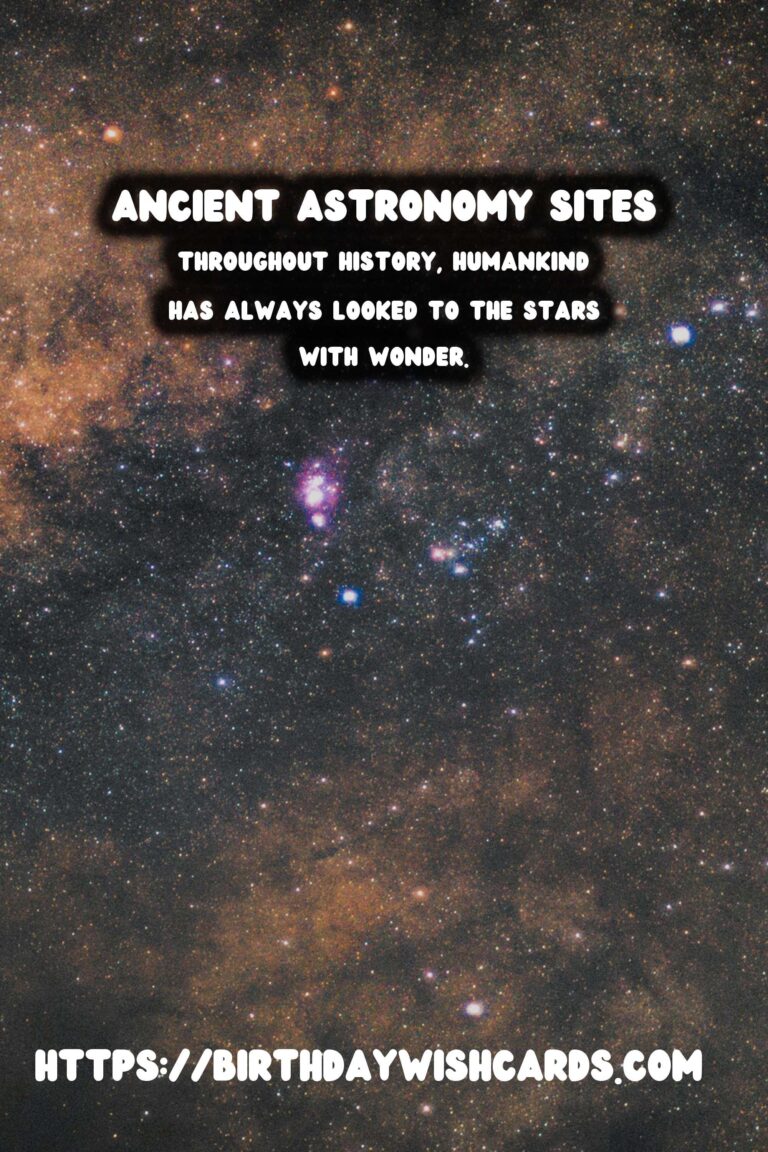
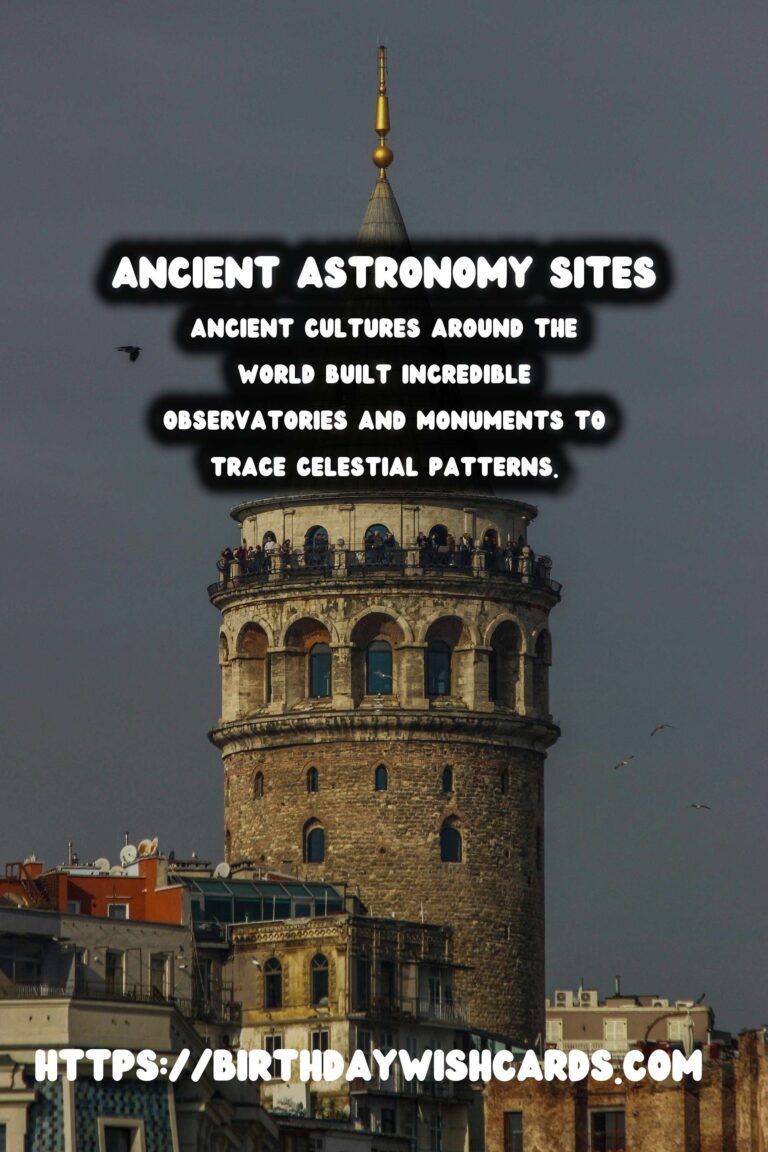
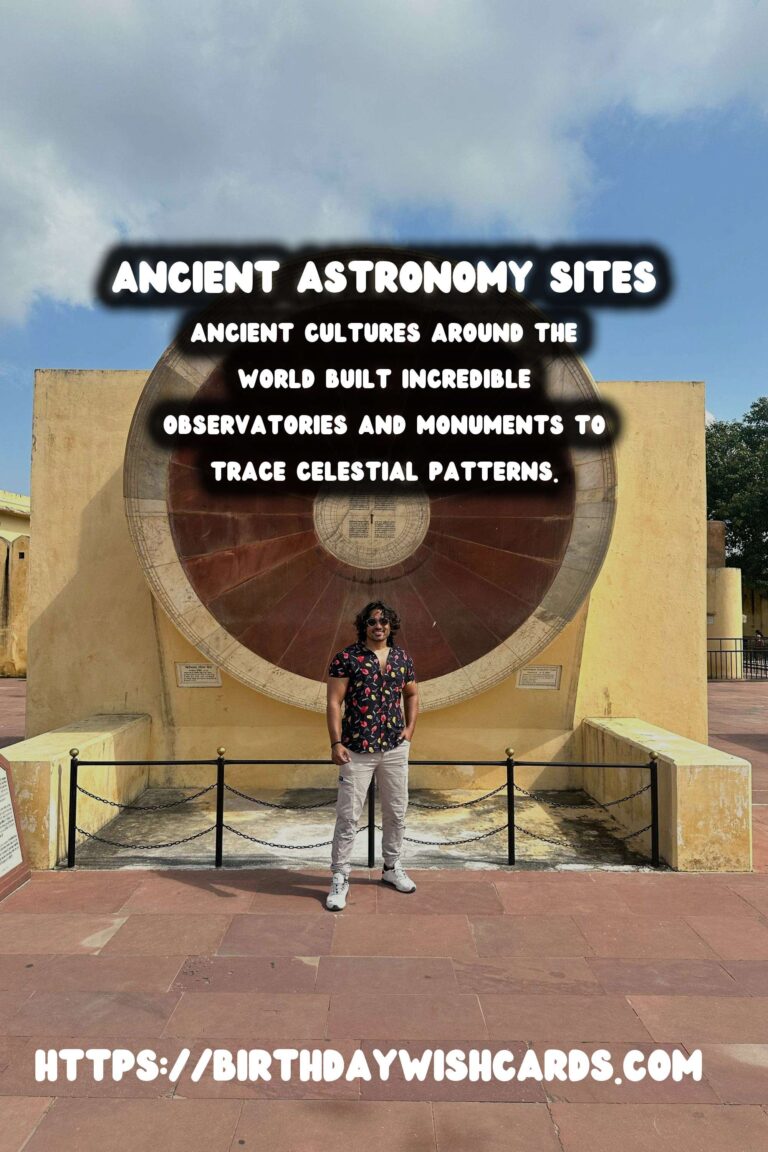
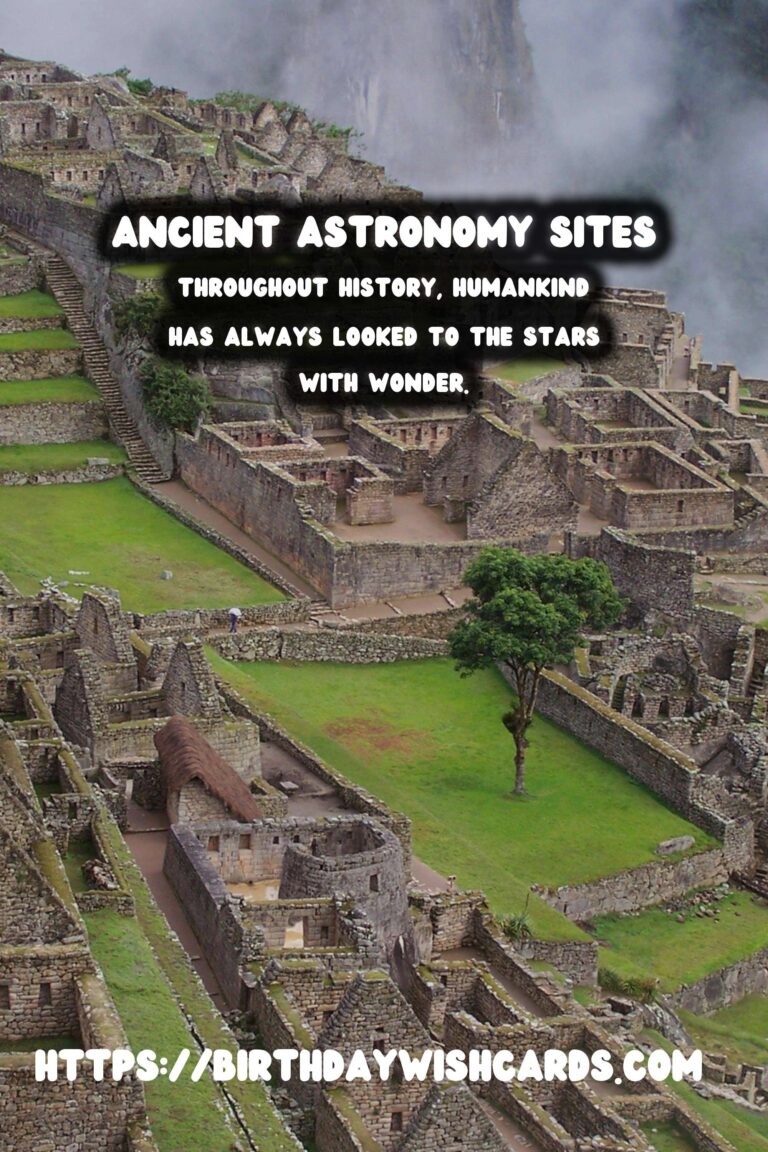
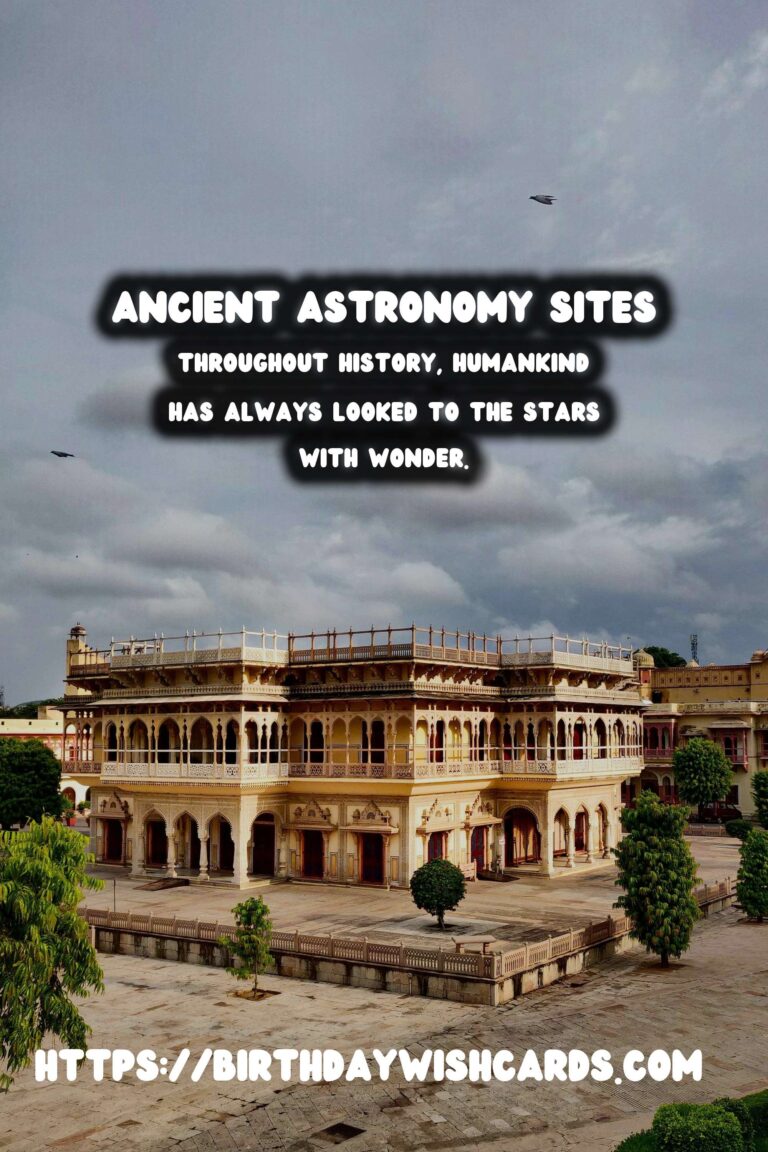
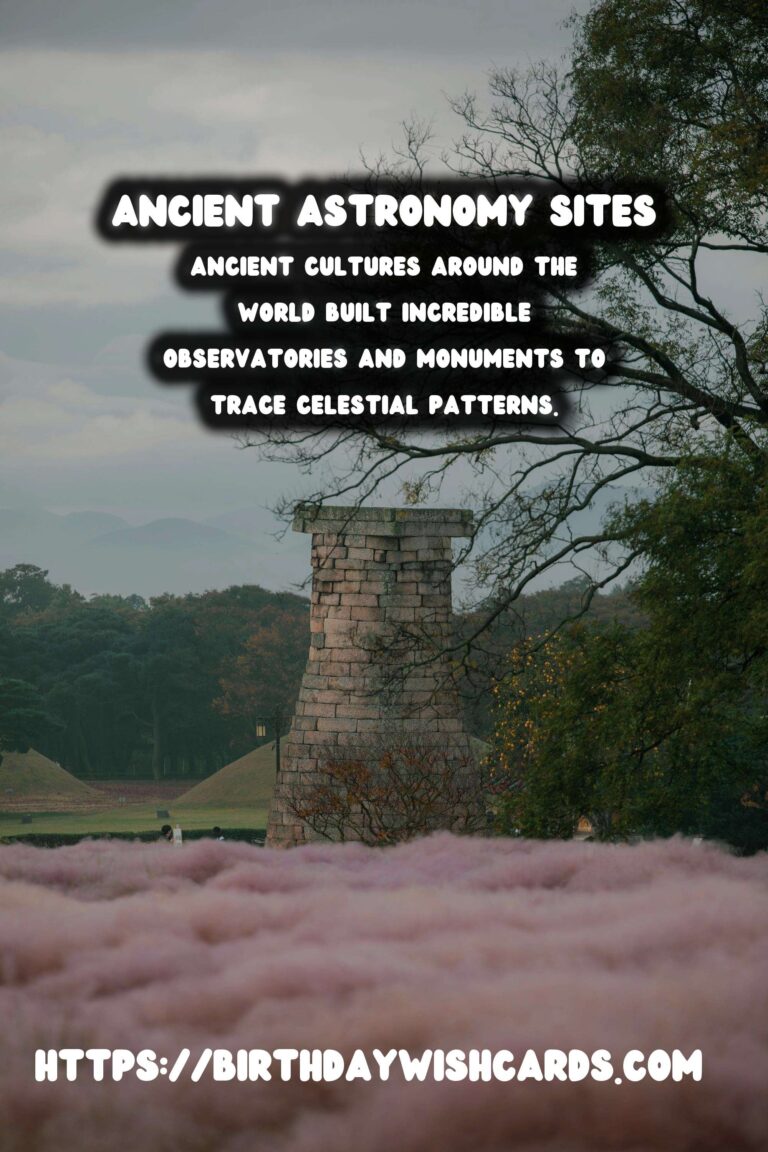
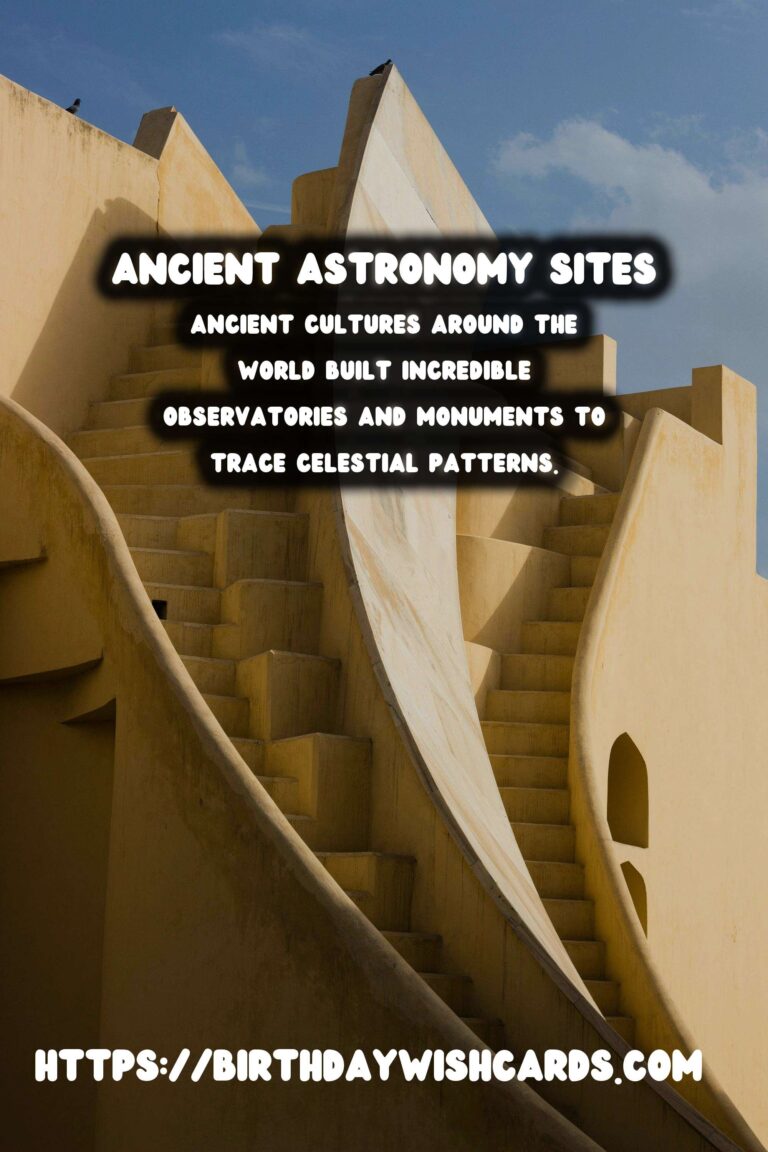
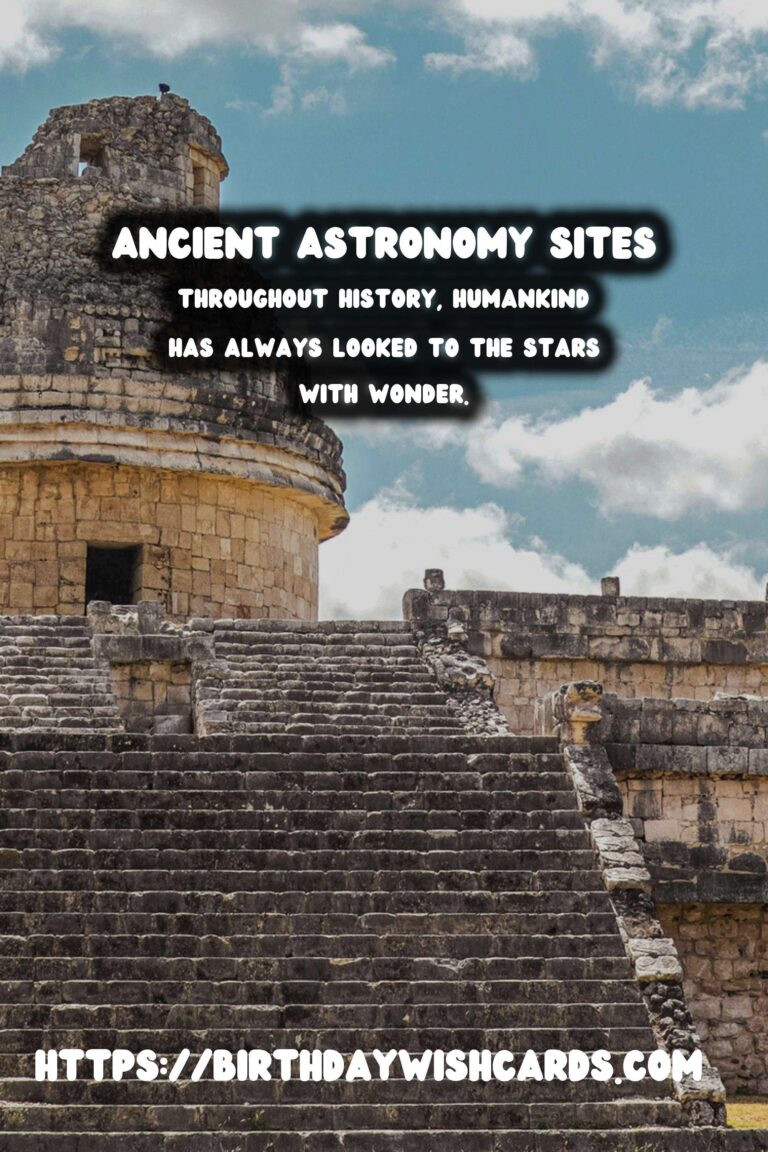
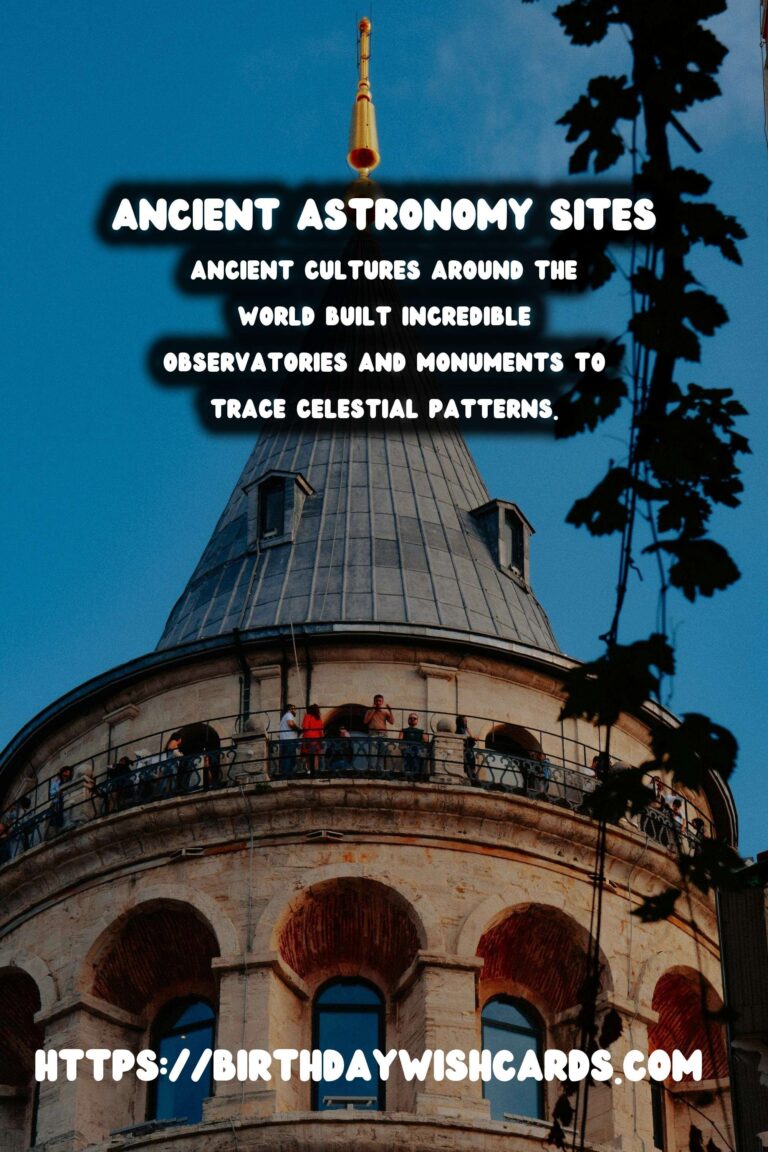
#AncientAstronomy #HistoricalStargazing




